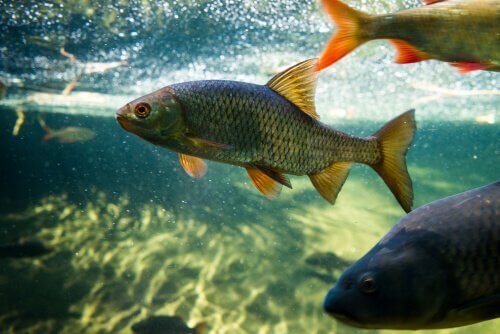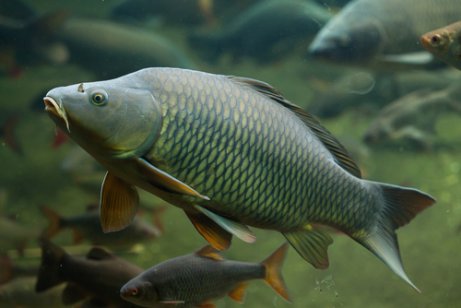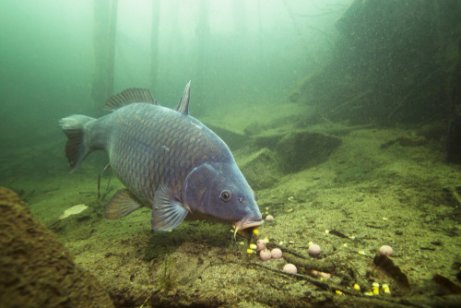Cultivating Carp and Pond Fish: What You Need To Know

Many people who have large backyards or plots of land choose to create an artificial pond for cultivating carp and pond fish. Although beginners will have to keep careful notes initially, the investment of time and money will eventually be worth it.
How to achieve optimal water conditions
The ideal situation is to have pond fish in a shallow pond, which allows water to warm up quickly in the summer. Depending on how warm your area is, you can choose a pond between 3 and 5 feet deep. It’s important that the pond is deep enough to prevent the water overheating in the summer months.

The size of the pond will depend on what your goal is. If you’re looking to raise a few fish for recreational purposes, you only need a pond of about 1000 to 5000 square feet. However, if you are cultivating carp and pond fish for sale, ponds that are used for fattening and reproducing fish can reach up to 12 to 24 acres.
There aren’t very strict water quality criteria for these ponds. Many have water supplies from rivers, streams, or springs. You need to take special care, however, to filter or avoid contaminated water.
Contaminated water can lead to the spread of diseases in the fish. You can compensate for leakage and evaporation losses with additional water supplies that you can add to the pond using channels.
The beginnings of carp cultivation
The cultivation of carp started in Ancient China in 45 B.C. It has also continued to develop to this day. Moreover, farmers worked to perfect breeding methods in the sixteenth and eighteenth centuries.
In the eighteenth century, a German scientist, Stephen Ludwig Jacobi, discovered a way to artificially fertilize trout. However, this method of artificial insemination wasn’t widely used and didn’t become popular until the mid-nineteenth century.

Reproducing and cultivating carp and pond fish artificially is much different from the reproductive and growth cycles of these fish in the wild. The food typically used for domestic carp cause the fish to grow rapidly in comparison with the species in the wild. A mixture of commercial and natural food, however, leads to health, good-sized specimens.
Cultivating carp and pond fish: The reproduction cycle
Carp are accustomed to abrupt fluctuations of temperature. You do need to take into account, however, that the amount of food they require decreases as the temperature decrease.
When cultivating carp and pond fish, you also need to be aware that their development has several stages: the reproduction and larviculture stage and the growing stage. Firstly, the eggs or roe are fertilized and hatch after winter.
Then, in the second phase, at the end of spring, they begin to grow. They convert natural and artificial food into fat reserves and grow in size.
However, as autumn approaches, their metabolism slows down and they begin to grow less. The size of the fish is linked to the density, quantity, and quality of oxygen and food available.